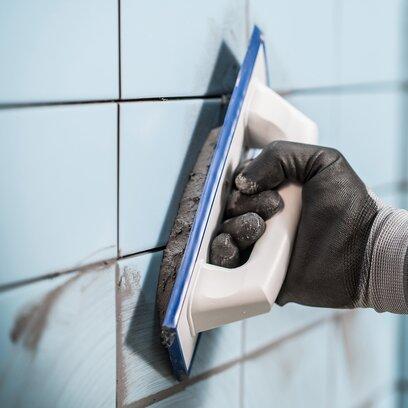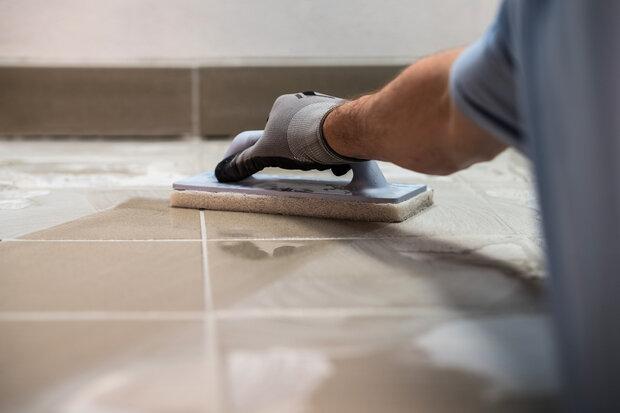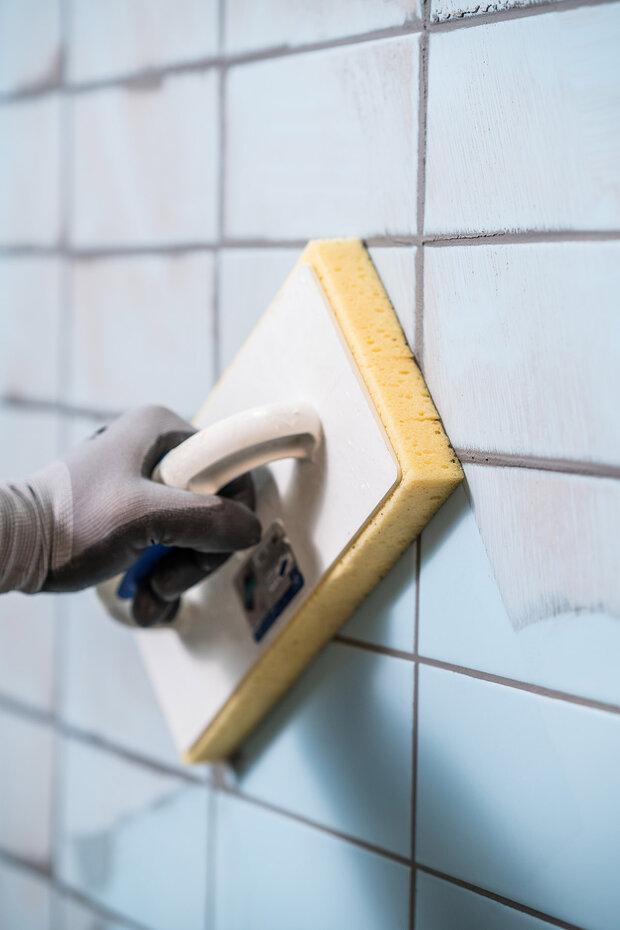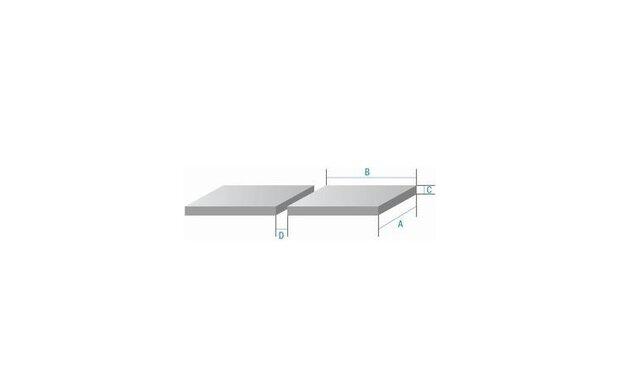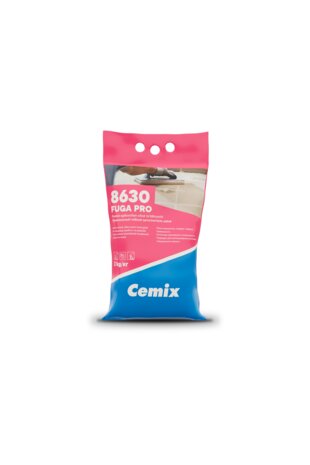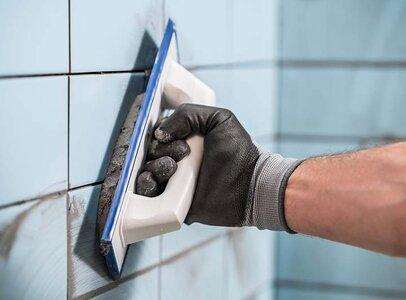Basics of Tile Grout
This process is especially important in areas with high humidity, such as bathrooms or kitchens. Grout seals the gaps between tiles, preventing water from seeping underneath, which could lead to mold growth and damage. In addition, grout helps prevent the accumulation of bacteria and other contaminants between the tiles.
Main Stages of Tile Grouting
Before starting work, it is recommended to clean the tiled surface. A damp sponge works perfectly for this. Next, prepare the chosen grout according to the parameters specified in the product instructions.
The next step is applying the prepared material to the surface using a grout float. It is best to fill the joints with diagonal movements. When the grout has almost set but is still slightly damp, the "washing" stage begins, which can also be done with a damp sponge. Circular motions help shape the depth of the joints.
After that, the material is left to dry (drying time depends on the specific product). Later, any remaining cement residue can be removed from the surface using a special grout sponge with light rubbing, and then the surface should be wiped with a special cloth for final cleaning.
Classification and Labeling of Materials
The classification and labeling of materials used for grouting are carried out according to standards, which is important for the correct selection of a product.
European Standard (EN 13888):
The classification and categorization of grout materials are performed according to EN 13888. The product labeling is always indicated on the packaging and in the technical data sheet.
The labeling includes letters and numerical codes that help navigate among different materials.
Labeling Codes:
By binder type:
-
CG: cement-based grout
-
RG: reactive synthetic resin grout (usually epoxy)
By performance:
-
Standard-strength grout
-
High-strength grout
Additional characteristics:
-
W: reduced water absorption
-
A: high wear resistance
The standard does not cover the following characteristics, which are provided only by the manufacturer:
-
Method and area of application (e.g., indoor or outdoor use)
-
Antibacterial, antifungal, and anti-algae properties of the grout.
Grout Calculation: Determining the Required Amount of Material
This formula can be used to calculate the required amount of grout. Due to variations in work execution and tile sizes, the resulting value is approximate.
(A+B)/AxB xCxDxF=кг/м2
-
A = tile width (mm)
-
B = tile length (mm)
-
C = tile thickness (mm)
-
D = joint width (mm)
-
F = specific material consumption (kg/dm³)
Cemix Innovations in Grout Solutions
Joints are the least durable part of areas with cold tiling. It often happens that a surface, which was flawless on the day of handover, over time changes color, begins to crack, or develops mold under heavy use or exposure to aggressive environments. Cemix specialists are constantly seeking innovative solutions to these problems. Below are a few examples of developments from recent years.
